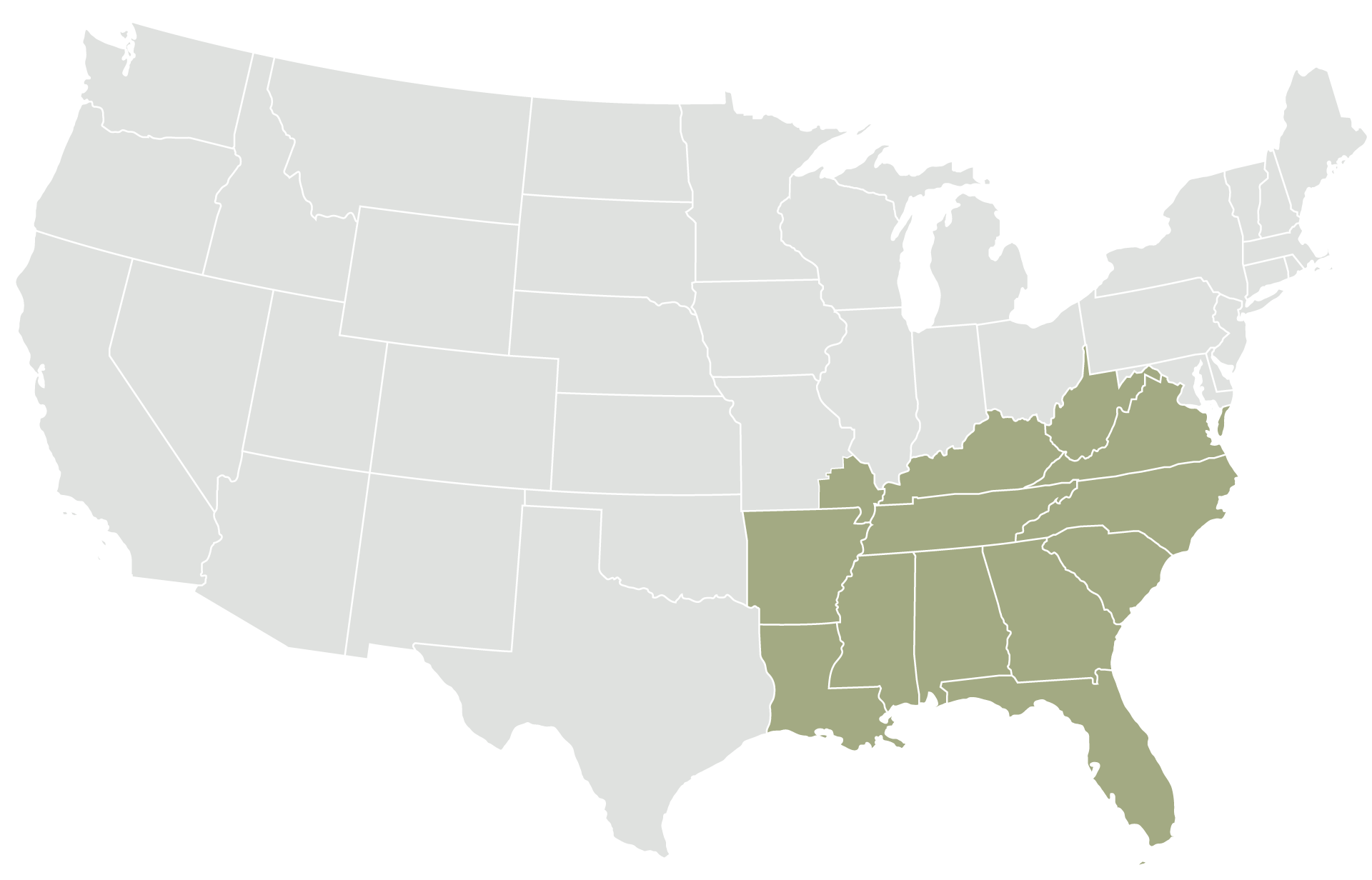Corn Planting Depth & Spacing
Which planting depth is best for different soil textures? We went to the field to find out.
Learn MoreWe know that continually raising the bar on yield is important and that no two acres are alike. That's why we breed, test and deliver local support with you in mind. Get insights and recommendations focused right here in the South — so that you can be at your best.

Keystone NXT, Realm® Q, Aproach® Prima, Intrepid Edge®, and Transform® WG are not registered for sale or use in all states. Keystone® NXT is a Restricted Use Pesticide and is not available for sale, distribution or use in Nassau and Suffolk counties in the state of New York. Contact your state pesticide regulatory agency to determine if a product is registered for sale or use in your state. Enlist One® herbicide is not registered for sale or use in all states or counties. Contact your state pesticide regulatory agency to determine if a product is registered for sale or use in your area. Enlist One herbicide is the only 2,4-D product authorized for use in Enlist crops. Kyber® Pro has not yet received regulatory approvals; approvals are pending. The information presented here is not an offer for sale. Always read and follow label directions.
Pioneer corn performance data is an average of comparisons from calendar year made across North America through November 5, 2024. Comparisons are against all comparisons and competitor brands, unless otherwise stated, and within +/- 3 CRM of the competitive brand.
Alabama-specific corn performance data: Pioneer corn data is based on an average of 16 comparisons made in 2024 across the state through September 25, 2024. Comparisons are against two competitor brands and within +/- 3 CRM of the competitive brand.
Georgia-specific corn performance data: Pioneer corn data is based on an average of 24 comparisons made in 2024 across the state through September 25, 2024. Comparisons are against all competitor brands, unless otherwise stated, and within +/- 3 CRM of the competitive brand.
North Carolina-specific corn performance data: Pioneer corn data is based on an average of 19 comparisons made in 2024 across the state through September 25, 2024. Comparisons are against all competitor brands, unless otherwise stated, and within +/- 3 CRM of the competitive brand.
The foregoing is provided for informational use only. Please contact your Pioneer sales representative for information and suggestions specific to your operation. Product performance is variable and depends on many factors, such as moisture and heat stress, soil type, management practices and environmental stress, as well as disease and pest pressures. Individual results may vary. Multi-year and multi-location data are a better predictor of performance. DO NOT USE THIS OR ANY OTHER DATA FROM A LIMITED NUMBER OF TRIALS AS A SIGNIFICANT FACTOR IN PRODUCT SELECTION.